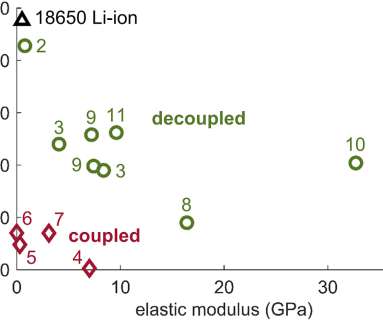USC Viterbi team integrating silicon anode and sulfur-based cathode for Lithium-sulfur battery with low fabrication cost
Green Car Congress
APRIL 1, 2014
USC Viterbi School of Engineering professor Chongwu Zhou and his research team have developed a silicon nanoparticle anode and a sulfur-based cathode with low fabrication cost and high electrode performance for rechargeable lithium-sulfur batteries. sulfur (Li?S) Credit: ACS, Ge et al. Click to enlarge.












Let's personalize your content